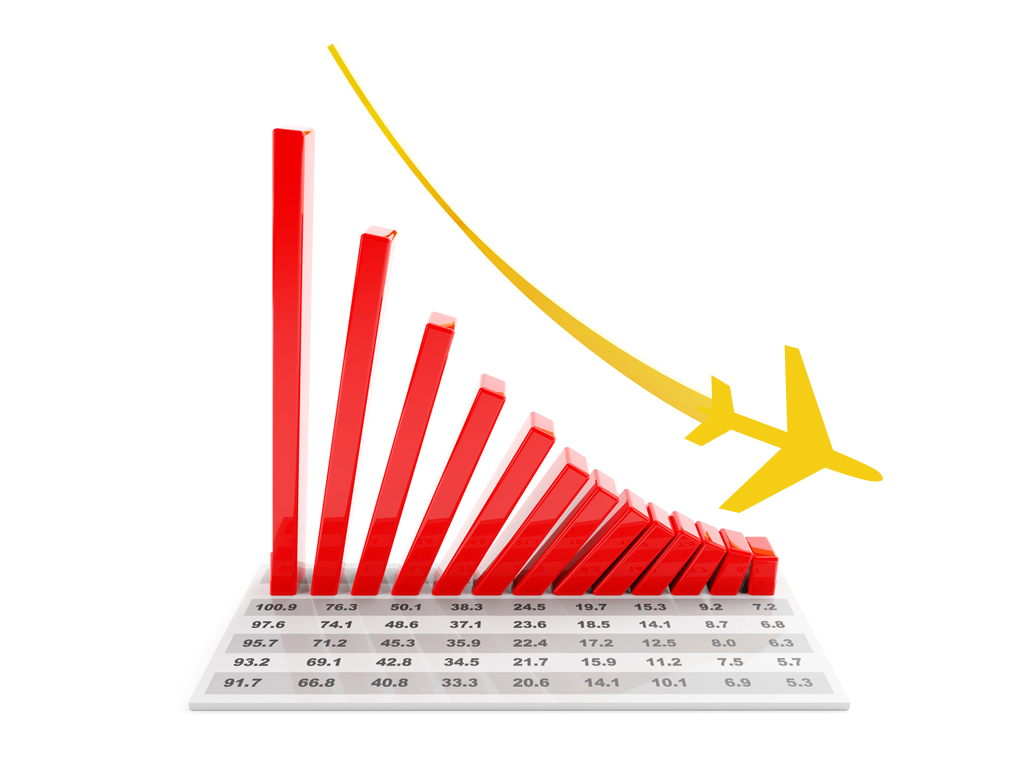Rates stabilise but underlying weakness remains
02 / 09 / 2015

Airfreight rates stabilised in July, but at almost record lows, said freight analyst Drewry in its latest East-West Air Freight Price Index.
The index ended seven consecutive months of falling prices and recovered modestly by 2.0 points in July to 90.3, lifting it off its lowest ever level since the index was first launched in May 2012.
However, the benchmark was still well below the $3 per kg threshold, first breached in May. Compared with the same month last year, the price index was 12% adrift, an indication of the continued underlying weakness in the market, Drewry argued.
It added that the small rise in the index did not herald any market recovery, but was only “a small correction to what remain record low rates.”
It is little consolation to hard-pressed airfreight executives that the fall in air freight pricing was more than matched by seafreight rates, which only served to increase yet further the price differential between the two modes. Hence, Drewry’s East-West Air Freight Price Multiplier gained 0.6 points to x17.9, its highest level since October 2013.
Drewry’s own figures were confirmed by International Air Transport Association (IATA) data, which confirmed that the global air freight market had not grown at all in 2015, with any year-on-year improvement due to accelerating demand in the latter part of last year. June’s year-on-year demand growth slowed to just 1.4%, well below the recent trend and brought annualised growth for the first six months of the year to a modest 3.9%.
As noted elsewhere (see WorldACD report) the root cause was a marked slowdown in Asian cargo traffic with IATA reporting a 1% fall in June cargo liftings by Asian-based airlines of 1% compared with the year previously, against trend growth of 5.5%.
Anecdotal evidence from individual airports suggest that this trend has continued into July and August, Drewry continues – Hong Kong’s liftings declined 2% year-on-year, for example.
Unsurprisingly, Drewry is downgrading its forecast for air freight demand, and now expects the air cargo market to stagnate in 2015. Strong passenger demand is forcing an increase in cargo capacity, so the industry “faces a challenging period of weak load factors and low yields.”
On a brighter note, “with jet fuel costs set to fall further, importers and exporters look set to benefit from ever lower airfreight pricing.”














